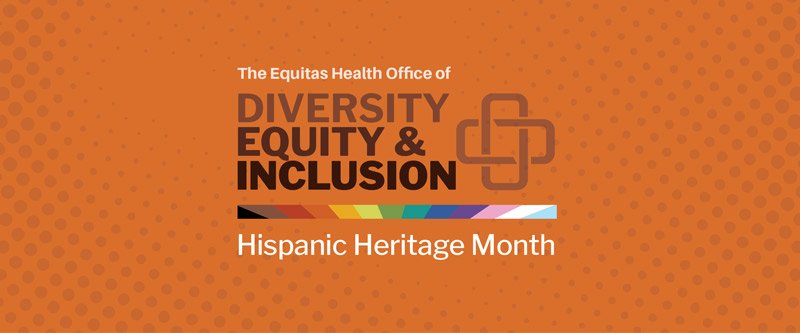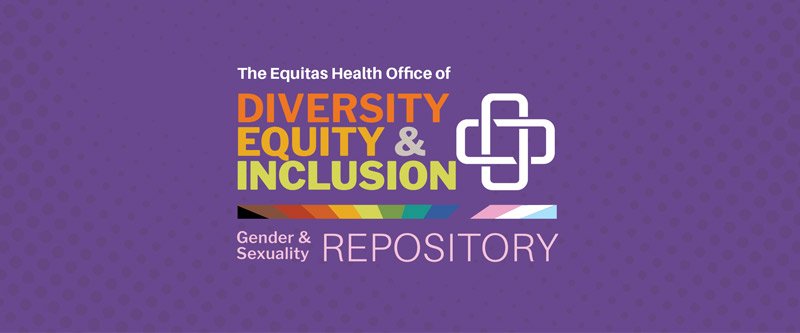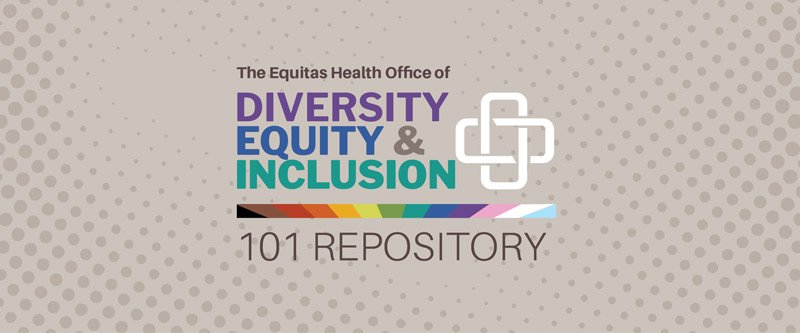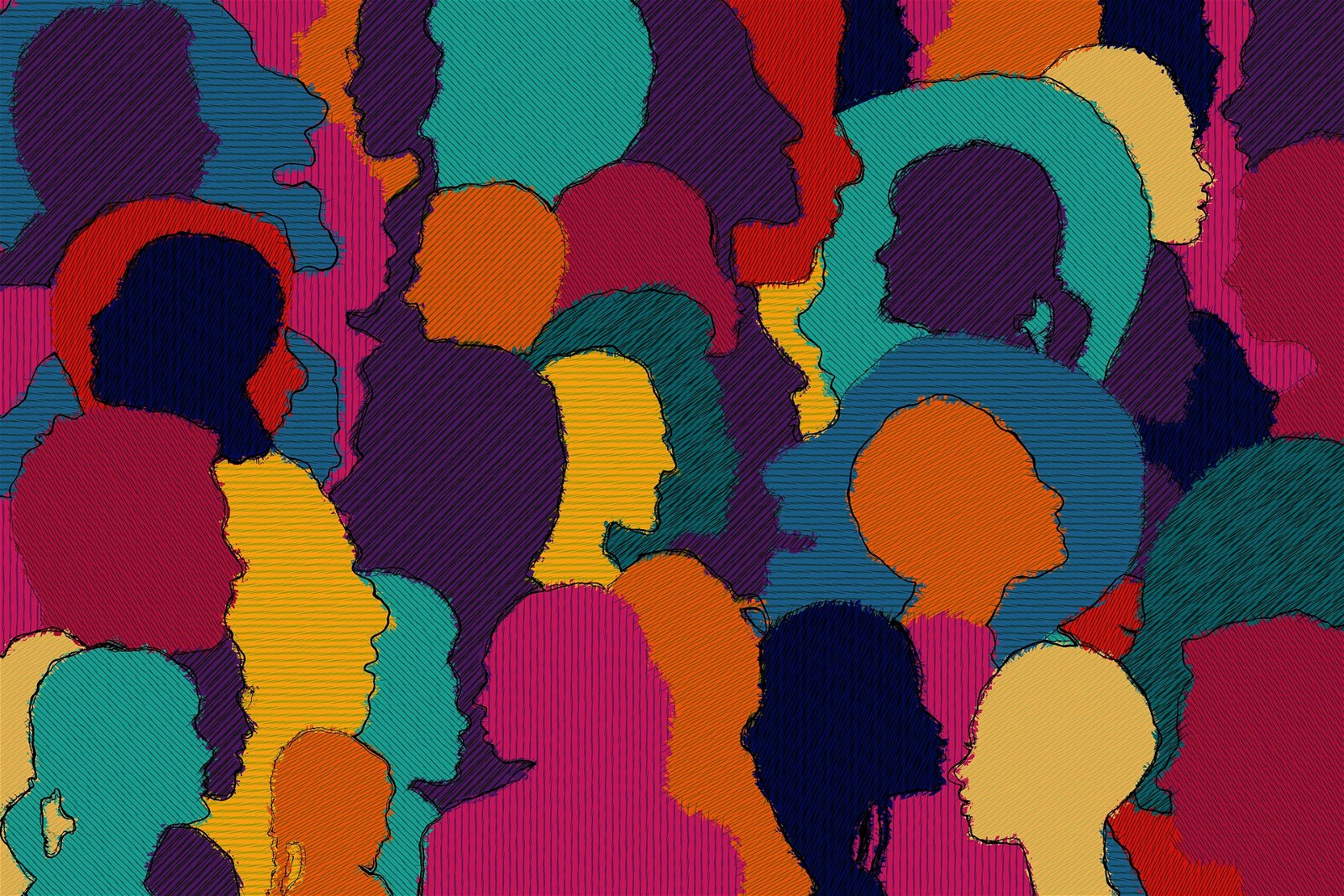Office of Diversity, Equity and Inclusion

Arts and Culture
Healthcare and Wellness
Community and Heritage
Activism and Social Justice
Office of Diversity, Equity and Inclusion

Something we may take for granted at Equitas Health is that everyone is speaking the same language around queer identity and has the same knowledge of terminology and experience. This repository is meant to help bridge the gap for those who do not know and those who would like to deepen their understanding. Identifying as LGBTQIA+ does not mean that we always know or understand everything about the community. We can all work to be better advocates and accomplices for marginalized communities.
LGBTQIA+ 101
Lesbian
Gay/MSM
Bisexual/Pansexual
Queer
Intersex
Asexuality/Aromantic
Trans/Nonbinary/Gender Expansive
Office of Diversity, Equity and Inclusion

Introducing Black Futures Month
The Future of Arts and Culture
The Fight Forward – The Future of Activism and Social Justice
The Future of Community
Office of Diversity, Equity and Inclusion

DISCLAIMER: These repositories are in no way comprehensive. The resources here are an introduction to common terminology and concepts. We encourage you to use this repository as a launching pad for your continued education on diversity, equity, and inclusion topics.
If you have questions about any of the resources or topics found here, please reach out to Tea Brown, Program Manager of Culture and Climate.
Diversity is the practice of having people of a variety of experiences, perspectives, and identities present in a space. This is accounting for race, gender, sexuality, ability, and even education experience. Diversity asks: Who ISN’T in the room? Who should be in the room?
Equity is taking those experiences of people and meeting people where they are. Equity is about providing equal opportunities for access and care to others. Equity asks: What barriers exist and what needs to be done to remove them?
Inclusion is about ensuring that those of diverse experience feel that they belong and are able to contribute meaningful to a group. It moves further than simple representation and values the possibilities that arise when different perspectives are brought to a space. Inclusion asks: does everyone feel that they can share? Does everyone feel valued here?
What is Identity?
Understanding Bias
Understanding Microaggressions
Understanding Intersectionality
Racism and Anti-Racism
Understanding Ableism and Ability
(Asterisks are materials created by BIPOC Individuals or organizations)
Office of Diversity, Equity and Inclusion

Disclaimer: These repositories are in no way comprehensive. These resources here offer insight and guidance on how to achieve health equity in the workplace. We encourage you to see this as a resource guide for your journey on understanding health equity in your place of employment and for tools and tips on how to thrive at work.
If you have any questions about the resources or topics that are found here, please reach out to Dominique Shepherd, Associate Director of Diversity, Equity, and Inclusion.
What does health equity in the workplace mean?
Let’s begin by defining health equity. In a report designed to increase consensus around the meaning of health equity, the Robert Wood Johnson Foundation (RWJF) provides the following definition: “Health equity means that everyone has a fair and just opportunity to be as healthy as possible. This requires removing obstacles to health such as poverty, discrimination, and their consequences, including powerlessness and lack of access to good jobs with fair pay, quality education and housing, safe environments, and health care.”
Discriminatory practices are often embedded in institutional and systems processes, leading to groups being under-represented in decision-making at all levels or underserved. Inequity, discrimination, and bias have no place in the workplace. Yet, they remain, rooted in historical and present-day policies and systems that favor one group over others.
Research shows that promoting health equity can positively affect employee health, development, productivity, and reduce health care costs. Achieving health equity in the workplace means deconstructing barriers that hinder folks from equitable opportunities and instead, we should be creating a sustainable environment where employees can thrive physically, mentally, and emotionally.
What are some internal strategies that can be implemented for health equity in the workplace?
Reference: American Heart Association CEO RoundTable: Driving Health Equity in the Workplace
Work-Life Balance
Mental Health
Physical Health

Current and two-year data regarding race and ethnicity show that our DEI efforts are yielding results.
Learn More about Staff Demographic Statistics
Equitas Health Institute
The Equitas Health Institute offers online and in-person training in cultural humility to medical and social service providers who wish to offer LGBTQ+ affirming services. It’s time to transform your care!
Learn More about Provider Education